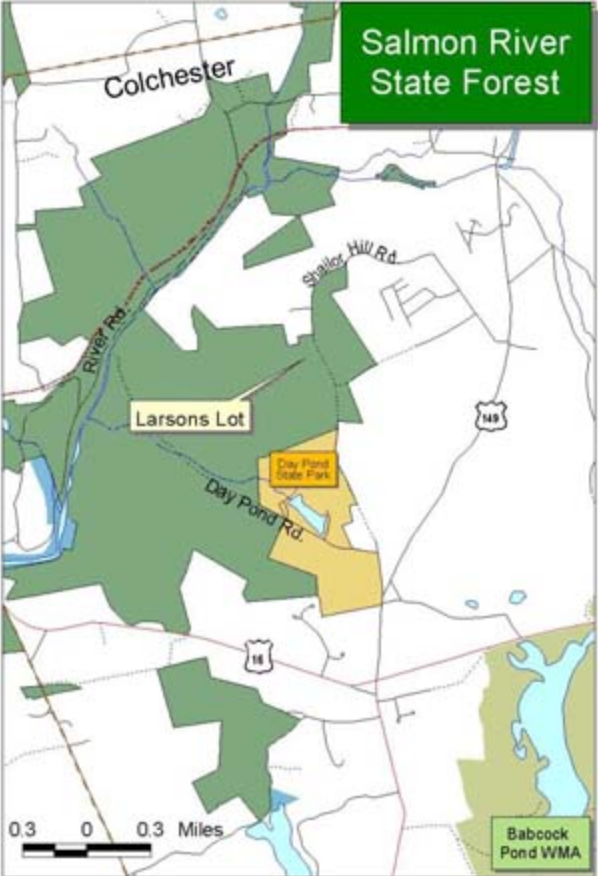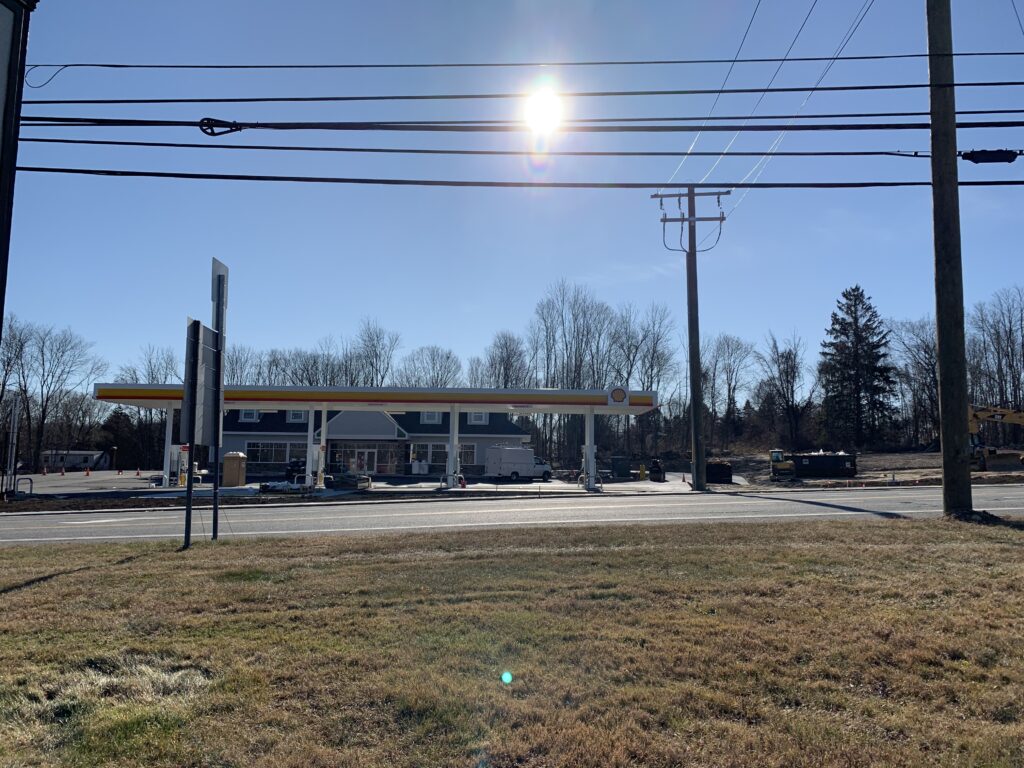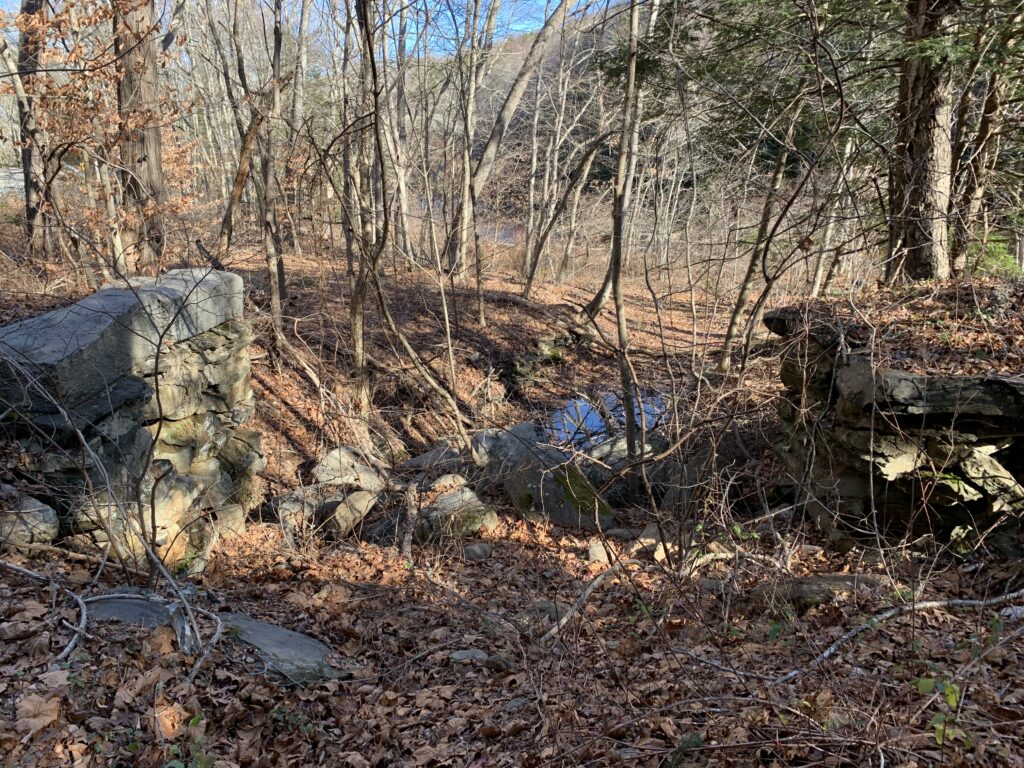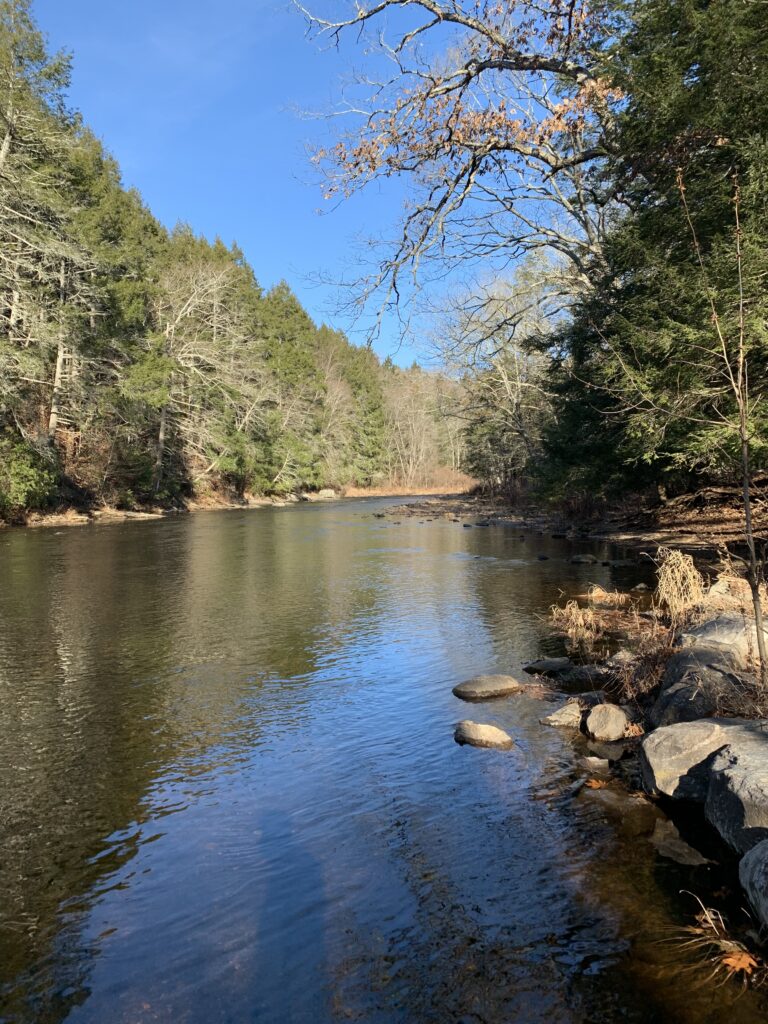My sense of place at home is primarily set in and around the Salmon River State Forest in Westchester, Connecticut because this forest has played a crucial role in my development. Virtually all of my hobbies took place in this forest, including mountain biking, trail running, hiking, fishing, lacrosse, learning to drive, and countless memories with my friends and family. The Salmon River State Forest is 6,000 acres of preserved natural land for the use of the public for recreation and leisure that spans across Colchester, Marlborough, East Haddam, and East Hampton, Connecticut.

Driving to the forest, I saw the police officer that seems to always be hanging out at the fire department, waiting for speeding drivers to come down the meandering road. I noticed the construction of a new gas station in the center of Westchester, a new house being built on the side of the road, and that the vape shop closed down.

There were rumors going around that the new gas station would be a Cumberland Farms, but it ended up being a Henny Penny, which many people in the town were disappointed about. I stopped at the grocery store and bought a sandwich at the deli, something my dad and I would do quite often in the summertime for a really long time. Once I got to the river, I noticed that the Department of Energy and Environmental Protection (DEEP) had filled in some of the massive holes in the parking lot, which made the park more accessible for the twenty somewhat cars filling the parking lot. As I was walking down one of the forest roads, I noticed signs of previous agricultural land use practices similar to those seen in 19th century Vermont. Abandoned rock walls, old stone foundations, and the remnants of an old rock bridge crossing the river enhanced my sense of place for this area because I have a greater understanding of the past land use practices that went on where I grew up.

I now understand why in some parts of the woods it looks like there was an old road there, or why there are pieces of brick or concrete at random bends of the rivers and streams. Sheep grazing as a result of mass deforestation was common in many areas of Connecticut and the remnants of these practices are strikingly similar to what I have seen in Vermont. I think I have a better understanding as to why my dad and I found an antique toaster buried near the rock wall in our front yard a few years back, as this was probably left there by the previous landowner who used the property for sheep grazing before abandoning it.

The young American Beech, white and red oak, and grand old pines make up for much of the forest growing where these pastures used to be, and seeing the denser evergreen forest on the steep, rocky, low soil banks of the river corresponded with what I have seen at Ricker Mountain, Potash brook, and Mt. Mansfield.
